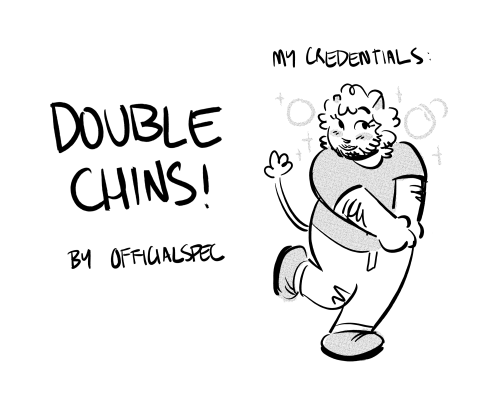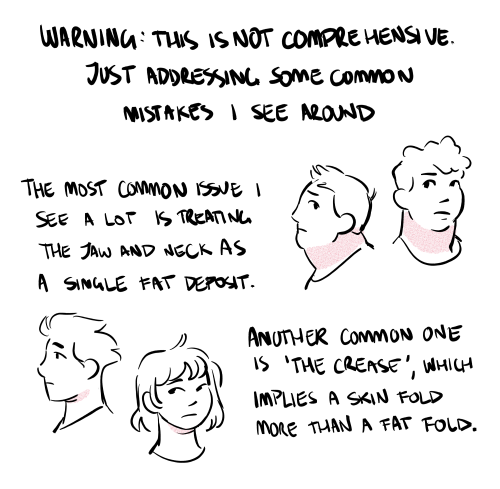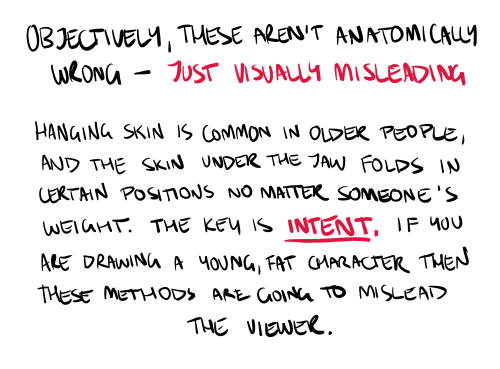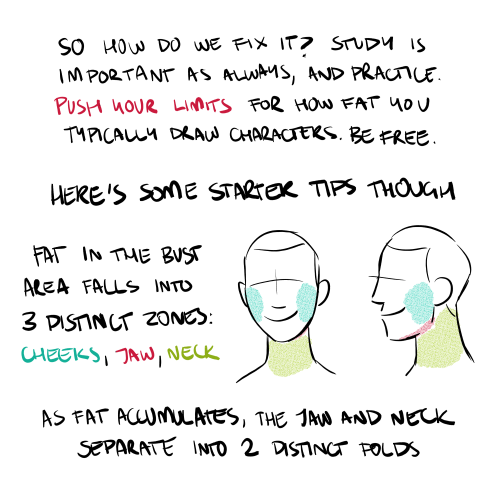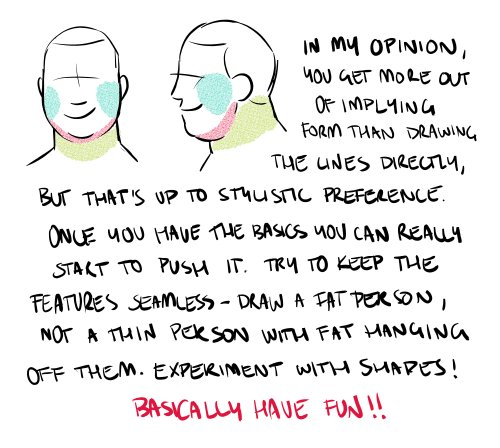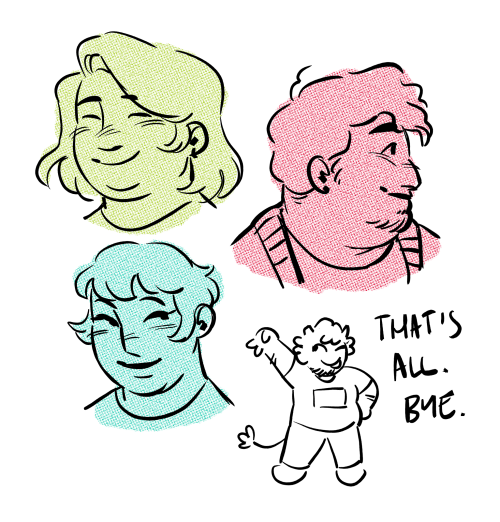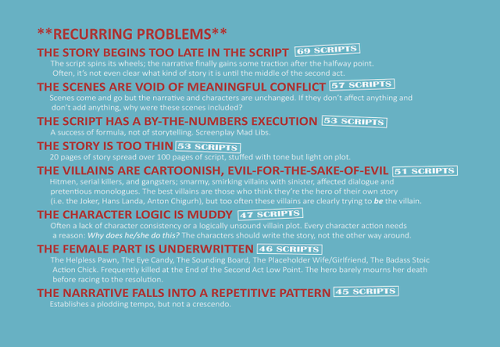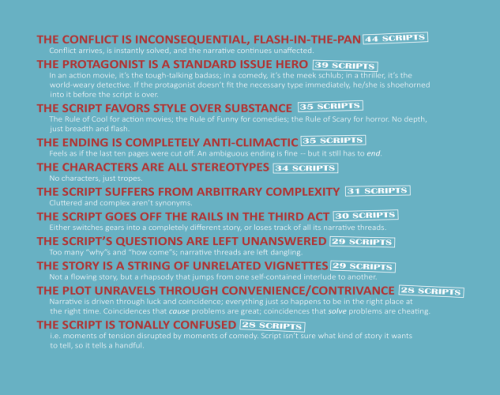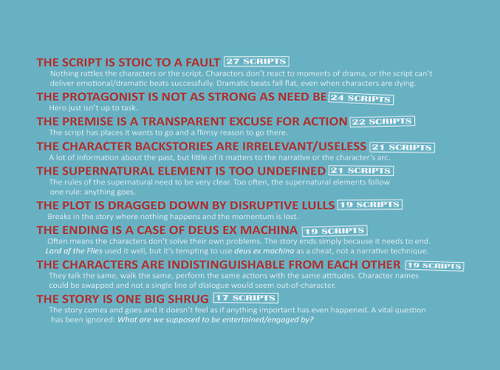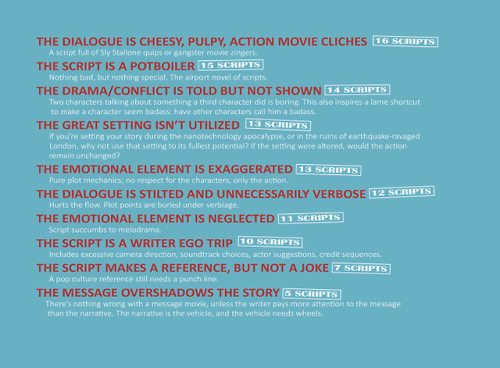12 Red Herrings To Keep Your Readers Distracted
12 Red Herrings to Keep Your Readers Distracted
I’ve seen mystery/thriller authors use the same handful of red herrings too many times to count. So here are some (hopefully not as common) red herrings for your writing.
1. The Unreliable Narrator's Bias
Your narrator can play favourites and scheme and twist the way your readers interpret the story. Use this to your advantage! A character portrayed as untrustworthy can really be someone innocent the narrator framed, vice versa.
2. The Loyal Traitor
A character with a history of betrayal or questionable loyalty is an obvious suspect. They did it once, they could do it again, right? Wrong! They’ve actually changed and the real traitor is someone you trusted.
3. The Conflicted Expert
An expert—like a detective, scientist, or historian—analyses a piece of evidence. They’re ultimately wrong, either due to bias, missing data, or pressure to provide quick answers.
4. The Overly Competent Ally
You know that one sidekick or ally who’s somehow always ahead of the curve? They’re just really knowledgeable, your characters know this, but it makes it hard to trust them. Perfection is suspicious! But in this case, they’re actually just perfect.
5. The Misleading Emotional Clue
Maybe one of your characters is seen crying, angry, or suspiciously happy after xyz event. Characters suspect them, but turns out they’re just having a personal issue. (People have lives outside of yours MC smh). Or it could be a cover-up.
6. A Misleading Alibi
At first this character’s alibi seems perfect but once the protag digs into it, it has a major hole/lie. Maybe they were in a different location or the person they claimed to be with was out of town.
7. The Odd Pattern
Have a seemingly significant pattern—symbols left at crime scenes, items stolen in a specific order, crimes on specific dates. Then make it deliberately planted to mislead.
8. The Misinterpreted Relationship
A character was secretly close to a victim/suspect, making them a suspect. Turns out they were hiding a completely unrelated secret; an affair, hidden family connection, etc.
9. A Forgotten Grudge
Create a grudge or past feud and use it to cast suspicion on an innocent character. Introducing an aspect of their past also helps flesh out their character and dynamics as a group + plant distrust.
10. The Faked Death
Luke Castellan, need I say more (I will)? A supposedly innocent character dies, but turns out they faked it and were never a victim in the first place. They just needed to be out of the picture.
11. The Mistaken Eavesdropper
A character overhears a threat, argument, etc. They suspect B based on this convo, but turns out they just came to a false conclusion. (Or did they?)
12. The Forgetful Alibi
Someone confesses to hearing/seeing a clue, but turns out they were mistaken. Maybe they thought they heard a certain ringtone, or saw xyz which C always wears, but their memory was faulty or influenced by stress.
Looking For More Writing Tips And Tricks?
Check out the rest of Quillology with Haya; a blog dedicated to writing and publishing tips for authors!
Instagram Tiktok
More Posts from Basket-of-references and Others


I am sad and I want to make you sad. I don’t know why but I love herm’s expression here. so much
5 editor’s secrets to help you write like a pro
1. Sentences can only do one thing at a time.
Have you ever heard a four-year-old run out of breath before she can finish her thought? I edit a lot of sentences that work the same way. You need a noun, you need a verb, you might need an object. Give some serious thought to stopping right there.
Sentences are building blocks, not bungee cords; they’re not meant to be stretched to the limit. I’m not saying you necessarily want a Hemingway-esque series of clipped short sentences, but most writers benefit from dividing their longest sentences into shorter, more muscular ones.
2. Paragraphs can only do one thing at a time.
A paragraph supports a single idea. Construct complex arguments by combining simple ideas that follow logically. Every time you address a new idea, add a line break. Short paragraphs are the most readable; few should be more than three or four sentences long. This is more important if you’re writing for the Web.
3. Look closely at -ing
Nouns ending in -ing are fine. (Strong writing, IT consulting, great fishing.) But constructions like “I am running,” “a forum for building consensus,” or “The new team will be managing” are inherently weak. Rewrite them to “I run,” “a forum to build consensus,” and “the team will manage.” You’re on the right track when the rewrite has fewer words (see below).
(If for some insane reason you want to get all geeky about this, you can read the Wikipedia article on gerunds and present participles. But you don’t have to know the underlying grammatical rules to make this work. Rewrite -ing when you can, and your writing will grow muscles you didn’t know it had.)
4. Omit unnecessary words.
I know we all heard this in high school, but we weren’t listening. (Mostly because it’s hard.) It’s doubly hard when you’re editing your own writing—we put all that work into getting words onto the page, and by god we need a damned good reason to get rid of them.
Here’s your damned good reason: extra words drain life from your work. The fewer words used to express an idea, the more punch it has. Therefore:
Summer months Regional level The entire country On a daily basis (usually best rewritten to “every day”) She knew that it was good. Very (I just caught one above: four-year-old little girl)
You can nearly always improve sentences by rewriting them in fewer words.
5. Reframe 90% of the passive voice.
French speakers consider an elegantly managed passive voice to be the height of refinement. But here in the good old U.S. (or Australia, Great Britain, etc.), we value action. We do things is inherently more interesting than Things are done by us. Passive voicemuddies your writing; when the actor is hidden, the action makes less sense.
Bonus: Use spell-check
There’s no excuse for teh in anything more formal than a Twitter tweet.
Also, “a lot” and “all right” are always spelled as two words. You can trust me, I’m an editor.
Easy reading is damned hard writing. ~ Nathaniel Hawthorne
Art-Res Start Here
Help me keep Art-Res running for years to come!
> buy me a coffee / patreon
> art commissions @astrikos )
> book 1:1 tutoring/question session
> Buy the Art-Res Anatomy Ebook!
> Link Tree
Sharing this blog w/your homies also helps a ton!
Start here!
Join our community - networking + discord invite!
Art Book Recommendations
anatomy masterpost
perspective masterpost
Resources to help you master color theory & color theory primer
Beginner’s Guide to Digital Art
Beginner’s guide to traditional art
Ultimate guide to photography for beginners
How to find and develop artistic style
Surefire Ways to Defeat Artist’s Block and Writer’s Block
How to create a free portfolio and blog site
Learn How to Market Your Art the Right Way
A Collection of Great iOS Apps for Artists
Community Tested Social Networking Tips for Artists
Artist Utilities
Idea Generator
Visual Reference Boards
Random Color Palettes
Free Habit Tracker Printable
Note, I working to remove Amazon Affiliates and will not add new links to them until I see substantial change in the way big companies like them treat their workers.
Recent Posts / More Useful Links
Art-Res Website / Personal Art Blog / Instagram / Facebook
Inqueries Please feel free to contact me via email for business inqueries. Open to guest writing, collaborations, sponsorship/advertisements.

So you might be saying: Lion why a guide on drawing black people? Well young blood it’s because a lot of people cant…seem…to draw…black people..Amazing I know.

Racist (caricatures) portrayals of black people have been around forever, and to this day people can’t seem to draw black people like they are human. If your artwork resembles any of the above even remotely your artwork is racist and offensive. If you try to excuse that as a stylistic choice you’re not only a terrible artist, but racist too!!! Congrats.

Whitewashing is also a problem. A lot of people refuse to draw black features on canonly black characters. While this example isn’t colored, lightening the skin-tone of a character is also considered whitewashing. So lets start with features!

Now all black people have different noses thats a no-brainer, but black noses tend to have flatter bridges, and wider nostrils. Please stay from triangular anime noses and small button noses. Your drawings should not depict black people with abnormally large noses. (Especially if you do not draw other characters this way)

If you feel like the way you draw lips on black characters is offensive or resembles a caricature,it probably does and you should change it. ABSOLUTELY AVOID PLACING LIPS AT THE BOTTOM OF THE FACE.

Hair is so diverse! Please get used to drawing braids, locs,kinks and coils! If you can learn to draw ringlets and long waves you can learn how to draw black hairstyles.

Add clips! Learn how to draw baby-hairs and never be afraid to add color Pinterest and Google are free my dudes! Also try using square brushes for blocking in coils.
OK THAT’S ALL YOU GUYS





Here's my "lazy" foliage tutorial! 🍀 (I say "lazy" in quotes as I consider this method a shortcut, but still requires some effort for the drawing to look nice)
Gif version of the process:

Thanks for reading!
Main art blog/ Consider tipping me on Ko-fi if you've found this useful!
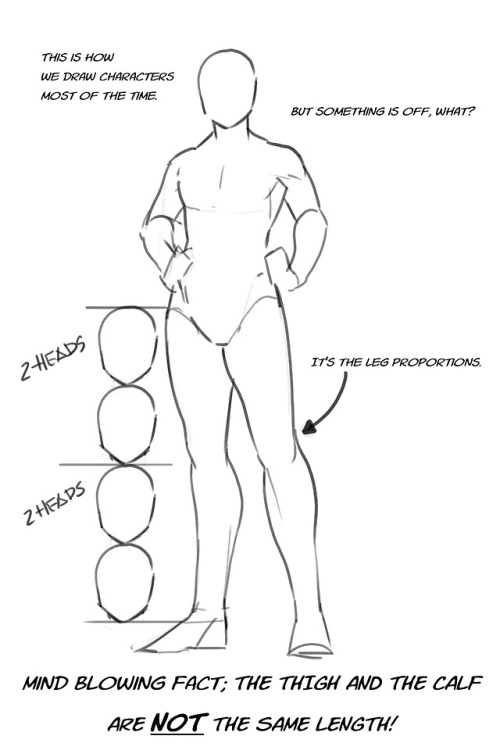
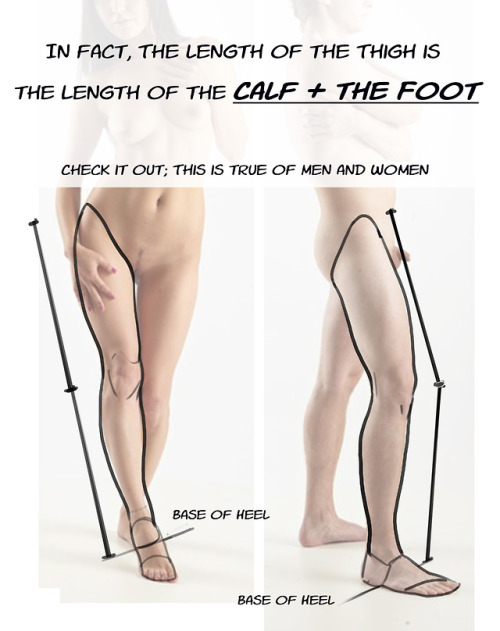
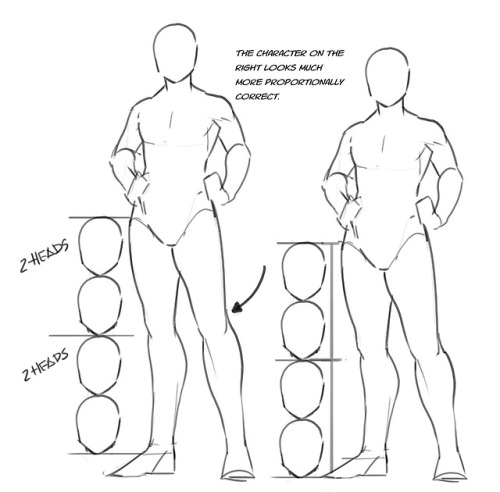
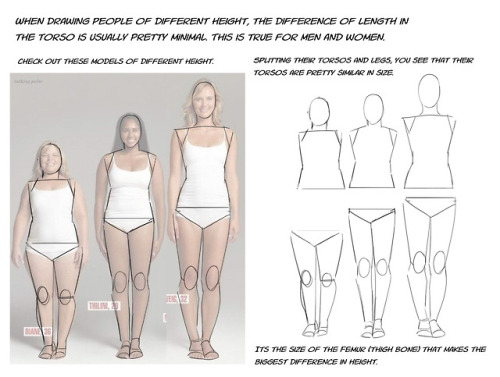
Just a quick thing I put together. This blew my fucking MIND when my anatomy teacher pointed it out. My drawings instantly got better. You might know it (good for you, I wish I knew it before too T_T) or you might not and it might help you get better.










hey these are some tips for some of the little details in drawing fat folks that some people might not know!
everyone has fat on their bodies so its a worthwhile skill to have, but most art tutorials leave it out. heres some other good tips from artists!!




Some of my writer’s block cures:
Handwrite. (If you already are, write in a different coloured pen.)
Write outside or at a different location.
Read.
Look up some writing prompts.
Take a break. Do something different. Comeback to it later.
Write something else. (A different WIP, a poem, a quick short story, etc.)
Find inspiring writing music playlists on YouTube. (Themed music, POV playlists, ambient music, etc.)
Do some character or story prompts/questions to get a better idea of who or what you’re writing.
Word sprints. Set a timer and write as much as you can. Not a lot of time to overthink things.
Set your own goals and deadlines.
Write another scene from your WIP. (You don’t have to write in order.) Write a scene you want to write, or the ending. (You can change it or scrap it if it doesn’t fit into your story later.)
Write a scene for your WIP that you will never post/add to your story. A prologue, a different P.O.V., how your characters would react in a situation that’s not in your story, a flashback, etc.
Write down a bunch of ideas. Things that could happen, thing that will never happen, good things, bad things.
Change the weather (in the story of course.)
Feel free to add your own.
-
 pupettedolls liked this · 1 week ago
pupettedolls liked this · 1 week ago -
 crypticw00rm liked this · 1 week ago
crypticw00rm liked this · 1 week ago -
 iknowthesunwillriseagain liked this · 1 week ago
iknowthesunwillriseagain liked this · 1 week ago -
 starlightsuffered liked this · 1 week ago
starlightsuffered liked this · 1 week ago -
 libbyrary liked this · 1 week ago
libbyrary liked this · 1 week ago -
 calvertbird reblogged this · 1 week ago
calvertbird reblogged this · 1 week ago -
 my-nameis-death liked this · 1 week ago
my-nameis-death liked this · 1 week ago -
 witchinikki liked this · 1 week ago
witchinikki liked this · 1 week ago -
 glass-of-kvass liked this · 1 week ago
glass-of-kvass liked this · 1 week ago -
 asirenbyanyothername liked this · 2 weeks ago
asirenbyanyothername liked this · 2 weeks ago -
 noelle151 reblogged this · 2 weeks ago
noelle151 reblogged this · 2 weeks ago -
 noelle151 liked this · 2 weeks ago
noelle151 liked this · 2 weeks ago -
 baldursgate3 liked this · 2 weeks ago
baldursgate3 liked this · 2 weeks ago -
 i-cant-swim-i-promise liked this · 2 weeks ago
i-cant-swim-i-promise liked this · 2 weeks ago -
 tsubame17 liked this · 2 weeks ago
tsubame17 liked this · 2 weeks ago -
 purple-confusion liked this · 2 weeks ago
purple-confusion liked this · 2 weeks ago -
 this-is-a-name-dont-worry reblogged this · 2 weeks ago
this-is-a-name-dont-worry reblogged this · 2 weeks ago -
 this-is-a-name-dont-worry liked this · 2 weeks ago
this-is-a-name-dont-worry liked this · 2 weeks ago -
 towerlesskey liked this · 2 weeks ago
towerlesskey liked this · 2 weeks ago -
 battery-enthusiast liked this · 2 weeks ago
battery-enthusiast liked this · 2 weeks ago -
 stuffthatsrandomish reblogged this · 2 weeks ago
stuffthatsrandomish reblogged this · 2 weeks ago -
 stuffthatsrandomish liked this · 2 weeks ago
stuffthatsrandomish liked this · 2 weeks ago -
 star-sonder reblogged this · 2 weeks ago
star-sonder reblogged this · 2 weeks ago -
 pinklushdreams liked this · 2 weeks ago
pinklushdreams liked this · 2 weeks ago -
 valentinavinn liked this · 2 weeks ago
valentinavinn liked this · 2 weeks ago -
 ryswaldsblog reblogged this · 2 weeks ago
ryswaldsblog reblogged this · 2 weeks ago -
 comradehosiah liked this · 2 weeks ago
comradehosiah liked this · 2 weeks ago -
 chopocle reblogged this · 2 weeks ago
chopocle reblogged this · 2 weeks ago -
 carabbit liked this · 2 weeks ago
carabbit liked this · 2 weeks ago -
 a-badbowlofsoup reblogged this · 2 weeks ago
a-badbowlofsoup reblogged this · 2 weeks ago -
 a-badbowlofsoup liked this · 2 weeks ago
a-badbowlofsoup liked this · 2 weeks ago -
 generaltysonofthecyclopsarmy liked this · 2 weeks ago
generaltysonofthecyclopsarmy liked this · 2 weeks ago -
 philosopherking1887 liked this · 2 weeks ago
philosopherking1887 liked this · 2 weeks ago -
 expensivemountaintea reblogged this · 2 weeks ago
expensivemountaintea reblogged this · 2 weeks ago -
 expensivemountaintea liked this · 2 weeks ago
expensivemountaintea liked this · 2 weeks ago -
 squeeful reblogged this · 2 weeks ago
squeeful reblogged this · 2 weeks ago -
 devotedlykate reblogged this · 2 weeks ago
devotedlykate reblogged this · 2 weeks ago -
 beaniebabybumblebee reblogged this · 2 weeks ago
beaniebabybumblebee reblogged this · 2 weeks ago -
 greedygobbo liked this · 2 weeks ago
greedygobbo liked this · 2 weeks ago -
 theincendies liked this · 2 weeks ago
theincendies liked this · 2 weeks ago -
 zinda-hun-bas-kafi-hai liked this · 2 weeks ago
zinda-hun-bas-kafi-hai liked this · 2 weeks ago -
 kmorgan-morganic reblogged this · 3 weeks ago
kmorgan-morganic reblogged this · 3 weeks ago -
 midcrowds liked this · 3 weeks ago
midcrowds liked this · 3 weeks ago -
 sunsetnymphaea liked this · 3 weeks ago
sunsetnymphaea liked this · 3 weeks ago -
 mygarbagedumpofablog reblogged this · 3 weeks ago
mygarbagedumpofablog reblogged this · 3 weeks ago -
 mswriterblog reblogged this · 3 weeks ago
mswriterblog reblogged this · 3 weeks ago -
 paranoidintheclub reblogged this · 3 weeks ago
paranoidintheclub reblogged this · 3 weeks ago
